EDUCATION
DIAMOND SHAPES & CUT GUIDE
Applies to Shape, Color, Clarity and Carat Weight
When you are planning on purchasing a diamond it is important that you know as much as possible about how diamonds are classified. There are four topics you need to become familiar with Cut, Color, Clarity, and Carat Weight.
When we speak of cut we are more interested in the proportions of the diamond as opposed to its shape (Round Brilliant, Marquise, Pear, Princess, etc.) Every diamond regardless of its shape gets it brilliancy and scintillation by cutting and polishing the diamond facets to allow the maximum amount of light that enters through its top to be reflected and dispersed back through its top.

Round Cut
The round shape is one of the most demanded cuts in diamonds. This shape has up to 108 facets, which means it can hide flaws in the stone. Round (or brilliant) diamonds indicate that the bride is traditional and wants a classic engagement ring. The round shape is also a symbol of eternity, because there is no ending and no beginning.
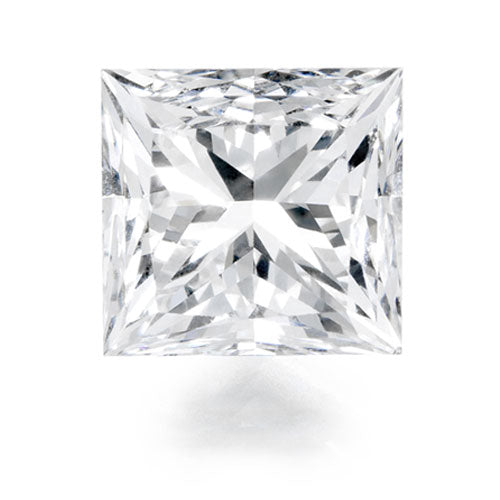
Princess Cut
Princess-cut diamonds look like a square. This cut has become popular for diamond engagement rings in recent years. The clean lines indicate that the diamond shape is suited to a more modern bride. This shape may show more flaws in the stone than a round diamond. Princess-cut stones are often set in a plain, polished band with few accent stones.
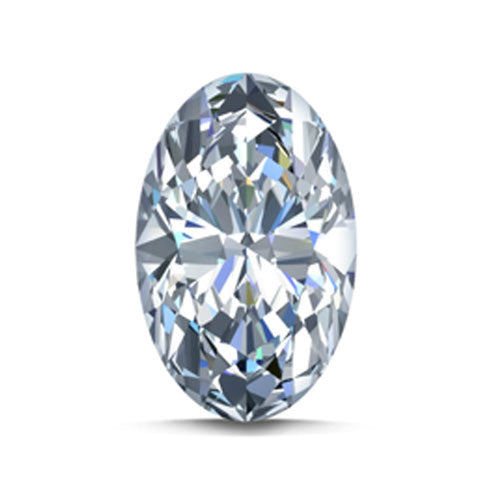
Oval Cut
Oval diamonds are traditional and different at the same time. Your engagement ring will still be different from all of your friends’ rings. The oval shape is still a classic diamond shape. It’s the perfect shape for a bride who wants to combine tradition and personality.
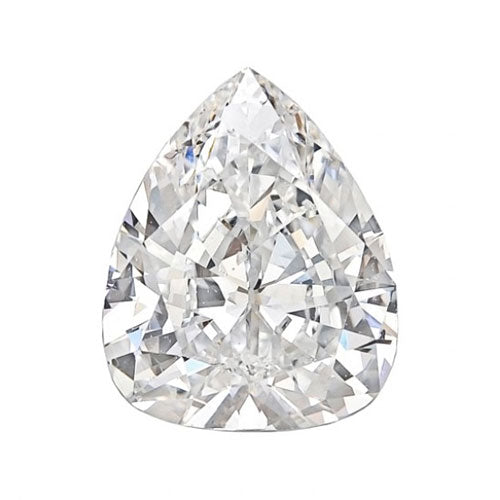
Pear Cut
Pear-shaped diamonds are also called teardrop-shaped diamonds. This shape provides the wearer with options. They can either wear the point of the ring so it faces up or down. This shape of diamond works well for a woman who likes versatility.
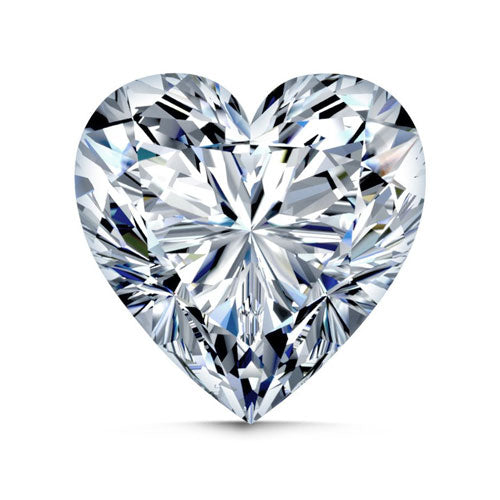
Heart Cut
The heart shape is one of the most demanded cuts in diamonds. This shape has up to 108 facets, which means it can hide flaws in the stone. Round (or brilliant) diamonds indicate that the bride is traditional and wants a classic engagement ring. The round shape is also a symbol of eternity, because there is no ending and no beginning.
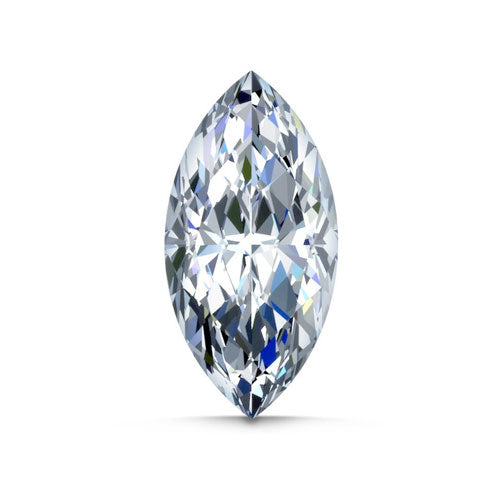
Marquise Cut
Marquise diamonds look like a square. This cut has become popular for diamond engagement rings in recent years. The clean lines indicate that the diamond shape is suited to a more modern bride. This shape may show more flaws in the stone than a round diamond. Princess-cut stones are often set in a plain, polished band with few accent stones.
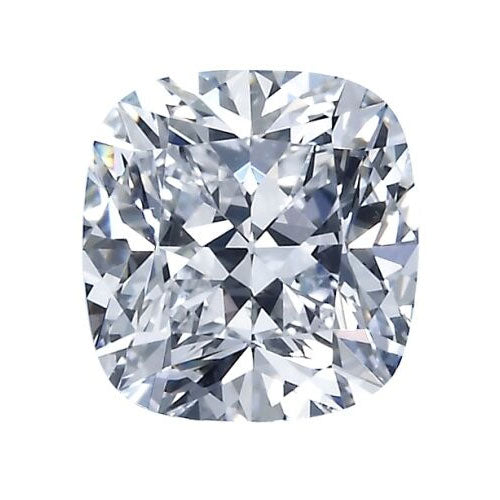
Cushion Cut
Cushion cut diamonds are traditional and different at the same time. Your engagement ring will still be different from all of your friends’ rings. The oval shape is still a classic diamond shape. It’s the perfect shape for a bride who wants to combine tradition and personality.
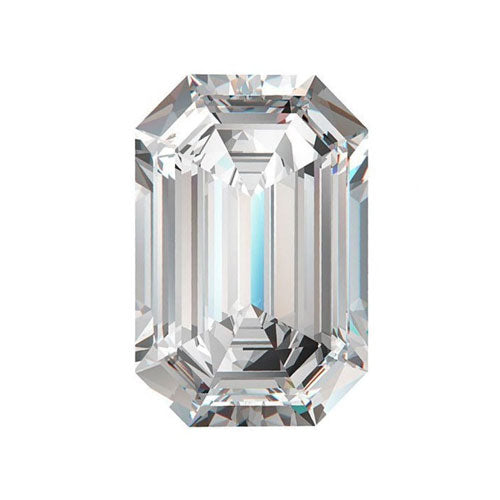
Emerald Cut
Emerald-cut diamonds are also called teardrop-shaped diamonds. This shape provides the wearer with options. They can either wear the point of the ring so it faces up or down. This shape of diamond works well for a woman who likes versatility.
Explore More
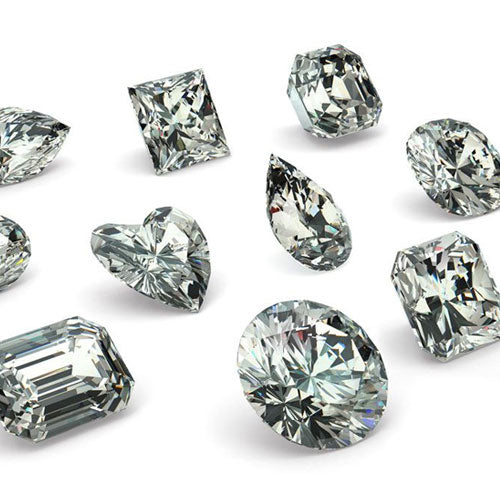
Color
Diamonds come naturally in every color of the rainbow. However most people are concerned with diamonds in the white range. The Gemological Institute of America (GIA) rates the body color in white diamonds from D (colorless) to Z (light yellow).
The best color for a diamond is no color at all. A totally colorless diamond allows light to pass through it easily, resulting in the light being dispersed as the color of the rainbow. Colors are graded totally colorless to light yellow. The differences from one grade to the other are very subtle and it takes a trained eye and years of experience to color grade a diamond.

Clarity
The clarity of a diamond is determined by the amount and location of flaws, or blemishes, in the diamond when viewed under 10 power (10x) magnification. GIA rates clarity grades in diamonds from Flawless to Imperfect 3 (see chart below). The Diamond Shopping Network offers you diamonds from the Imperfect 1 grade through Flawless.
Most diamonds contain very tiny birthmarks known as “inclusions.” An inclusion can interfere with the light passing through the diamond. The fewer the inclusions, the more beautiful the diamond will be.

Carat-Weight
This is the weight of a diamond measured in carats. As the carat weight of a diamond increases so does its rarity and therefore its price.
One carat is divided into 100 “points,” so that a diamond of 75 points weights .75 carats. The carat-weight of a diamond is the easiest measurement to determine. Most importantly, two diamonds can be of equal carat-weight, but their value can differ greatly due to their cut, color, and clarity.
RING SIZE GUIDE
Measure Your Ring Size With These Steps:
- 1. Print and cut out ring sizer. Cut small slit that is marked with an arrow.
- 2. Place ring sizer comfortably around finger by slipping pointed end through the slit, numbers facing out.
- Your approximate ring size should be the number that appears where it says “Read Size Here”.
Measure your finger by wrapping a string around it. Find the length of the string that makes exactly one loop around, and use the chart below for reference.
If the finger is not available for measuring (ie a surprise gift), use a ring from the individual’s current jewelry collection. Place the ring on a circle within the chart below. The correct circle size should fit right against the inside edge of the ring.
Know Your Ring Size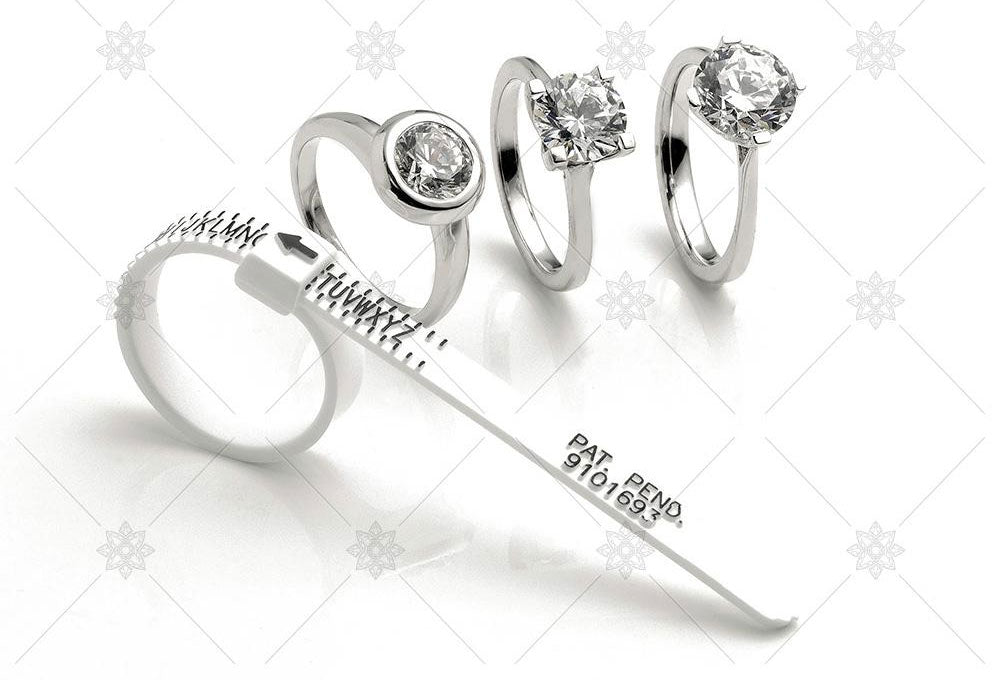
BIRTHSTONE GUIDE
Birthstones are gemstones that accompany a birth month. During Ancient times there’s a belief that gemstones had incredible powers such as luck, health and prosperity.
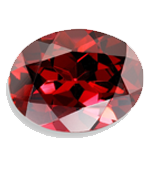
January Garnet
Garnet, the birthstone of January, is mined in a rainbow of colors. From the fiery orange of Mandarin Garnet to the rich green of Tsavorite Garnet and to the most widely recognized color of Pyrope Garnet, it is considered a great gift to symbolize friendship and trust
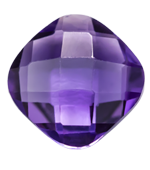
Febuary Amethyst
Amethyst, the birthstone of February, is a variety of Quartz that carries a spectacular purple color that ranges from a blend of deep violet and red to a lighter lilac hue. Ancient Greeks believed that the stone protected the wearer from drunkenness and enabled them to keep a balanced mindset.

March Aquamarine
Aquamarine, the birthstone of March, has a rich color and has long been a symbol of youth, health and hope. Its mesmerizing color ranges from pale to deep blue and are reminiscent of the sea. A perfect birthstone for March, the Aquamarine creates a beautiful accent to spring and summer wardrobes.

April Diamonds
Diamonds, the birthstone of April, are commonly associated with love which make it the perfect gift for a loved one. While white diamonds are most common, fancy colored diamonds can be found in various colors including yellow, blue, pink and a variety of others as well.
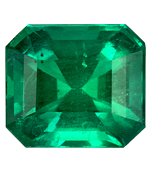
May Emerald
Emerald, the birthstone of May, carries the rich green color of Spring and radiates a beautiful vivid tone. They are considered to be a symbol of rebirth and love. Emeralds are the rarest gemstones and are typically mined in Colombia, Brazil, Afghanistan and Zambia.

June Pearl & Alexandrite
June birthdays claim two birthstones; pearl and Alexandrite. Pearls have been wildly popular in jewelry for centuries because of their natural beauty. Alexandrite gemstones are extremely rare and desirable since they change color based on the lighting.

July Rubies
Rubies, the birthstone of July, are considered the king of gems and represent love, health and wisdom. It was believed wearing a fine red Ruby bestowed good fortune on its owner. A Ruby is the most valuable gemstone and its value increases based on its color and quality
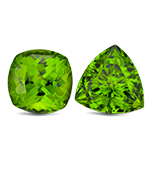
August Peridot & Spinel
August is the latest month to claim two birthstones; Peridot and Spinel. Peridot, with it’s signature lime green color, is believed to instill power and influence in the wearer. Spinel is available in a brilliant range of colors and is believed to protect the owner from harm and soothe away sadness.
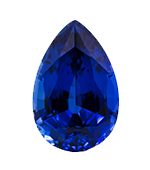
September Sapphire
Sapphire, the birthstone of September, is most desired in its pure, rich blue color but is present in almost every color including pink, yellow and green. In the Middle Ages the gem was believed to protect those close to you from harm and also represented loyalty and trust.
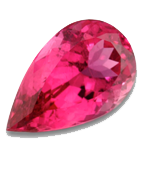
October Tourmaline & Opal
December birthdays have claim to three gemstones; Zircon, Tanzanite and Turquoise. Each of these gemstones carries a unique blue tone. Zircon can be found in a variety of colors, but blue is the overwhelming favorite.
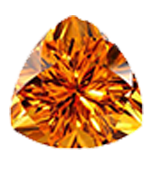
November Citrine and Topaz
November birthdays are associated with two gems; Citrine and Topaz. The warm color of Citrine is said to be a gift from the sun and it’s believed to be a healing gemstone. Topaz is most desired in its rich orange Imperial Topaz color but it is found in a variety of rich colors like blue, pink and yellow.
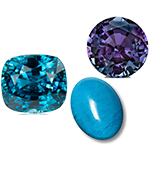
December Zircon, Tanzanite
December birthdays have claim to three gemstones; Zircon, Tanzanite and Turquoise. Each of these gemstones carries a unique blue tone. Zircon can be found in a variety of colors, but blue is the overwhelming favorite.

